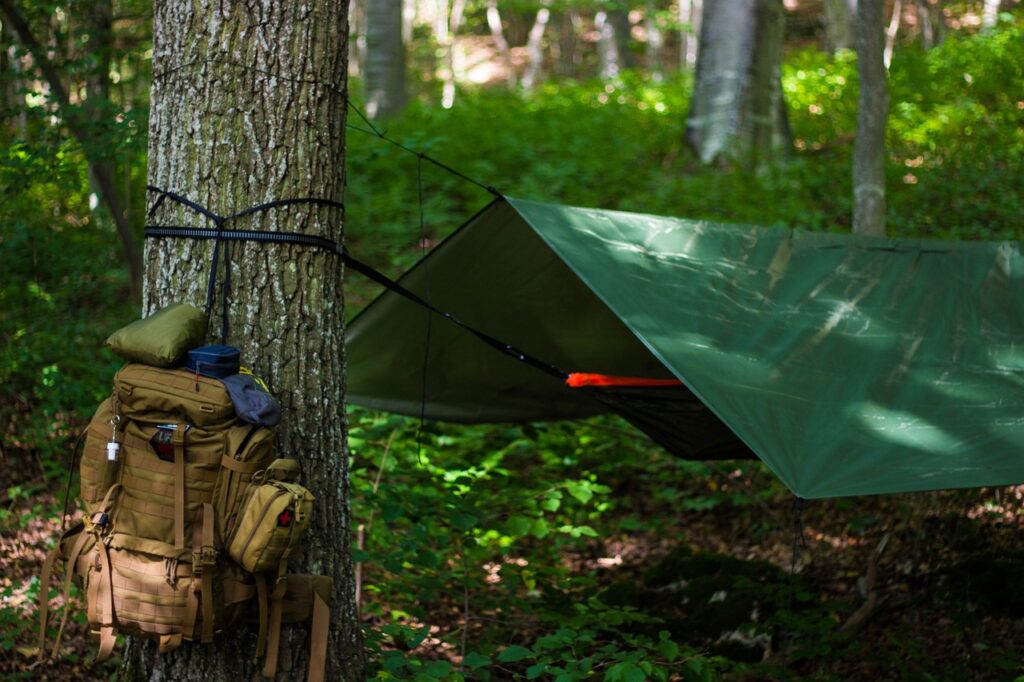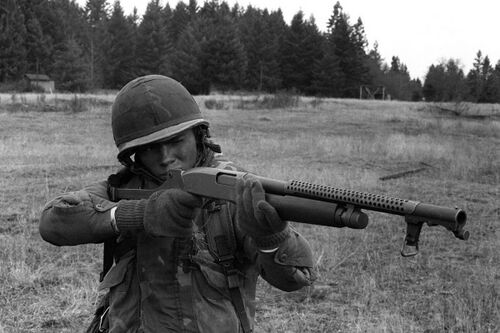My friend Jayberry Miller from Tuff Possum Gear coined the phrase “talismans of safety” a while back. Tell you what, he’s a pretty smart guy. He’s also quite a talented maker.
Better Than Nothing
Before we dive into talismans of safety, let’s talk for a minute about the “better than nothing” approach to preparedness. You see that phrase a lot in various prepper forums. It’s often used to validate or justify the purchase of less-than-ideal gear. “It isn’t great, but it’s better than nothing.”
The problem is that this approach can lead to complacency. Here’s what often happens. Joe buys a prepackaged bug-out bag from some discount retailer. It costs him about fifty bucks, and he thinks it was a pretty good deal. While the kit isn’t exactly what he wants, he figures it’s better than nothing, and he’ll upgrade the contents as he can afford to.
Advertisement — Continue Reading Below
Meanwhile, he feels good that he’s done something productive regarding his personal emergency preparedness. Joe tosses the kit into his trunk and promptly forgets about it.
A few months go by, and Joe’s car breaks down one night on his way home from work. His cell isn’t able to get a signal, and it’s down to about 12% battery. Then he remembers his oh-so-cool survival kit in the trunk. He takes out the crank flashlight so he can check under the vehicle’s hood. The handle snaps at the third turn of the crank.
Oh well, hopefully, there’s enough moonlight for Joe to diagnose the problem. He’s able to see that, somehow, one of the cables slipped from the battery. No problem, there’s a multi-tool in the kit. Unfortunately, the pivot on the tool is locked up solid and won’t budge.
Advertisement — Continue Reading Below
It’s late and getting chilly, so Joe pulls out the emergency blanket. Shaking it open, it immediately tears along each of the fold lines, leaving him with nothing more than strips of material.
This $50 “better than nothing” kit was nothing more than a talisman of safety.
What is a Talisman of Safety?
In describing this concept, Jayberry said that a lot of people tend to purchase survival and self-defense gear because it gives them a feeling of safety. But a lot of the gear they purchase hasn’t actually been pressure tested, and it might not work under real-world conditions. They carry the items because doing so makes them feel good, not necessarily because they’re confident in their ability to use them.
Advertisement — Continue Reading Below
Do your best to make sure that what you carry for survival, defense, and similar purposes will actually do what you need them to do. Not only that, but develop skills and experience in using the gear. Remember that you can’t just buy your way to proficiency. In a very real sense, the whole point of carrying the gear is so that you can depend on it to save your life, right?

To be clear, I’m not suggesting everyone needs to spend top dollar on every gear purchase. Far from it, actually. There are plenty of solid options in the budget buy arena. The point here is that you should be very familiar with each item you carry. Know what it will and won’t do for you. Be confident that it will hold up to real use. Avoid gimmicky garbage and stick to what truly works.
Advertisement — Continue Reading Below















